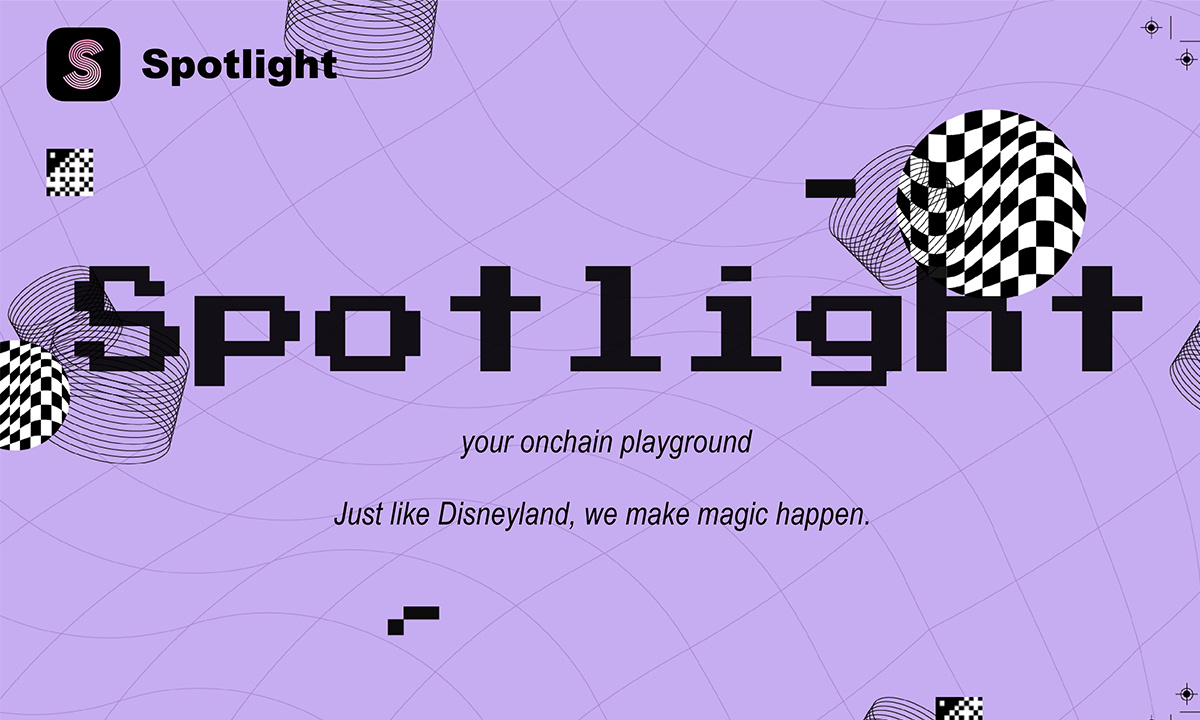Table of Contents
- Moonbeam Shines in 2020
- Testnets and Moon Missions
- Partnerships and Integrations Galore
- Moonbeam’s Tech Stack Takes Shape
2020 will go down as a record year for the cryptocurrency industry, with benchmarks broken across the board and breakthroughs made in scalability, interoperability, and all those other ‘ility’ words that are commonly used when discussing blockchain.
On the interoperability front, one blockchain has done more than any other this year to unite disparate networks and support the free flow of cross-chain value – Polkadot. Within the nascent parachain ecosystem conceived by Gavin Wood, one project has done its share of heavy lifting. Step forward Moonbeam, the dApp deployment solution for Polkadot that’s on a mission to simplify the process of creating and launching decentralized apps.
Moonbeam Shines in 2020
Although development of Moonbeam started in January, the PureStake project wasn’t announced until April, when its overarching vision of enhancing Polkadot interoperability was shared. Moonbeam, it was explained, would provide Ethereum smart contract compatibility, making it easier for dApps to be deployed on Polkadot.
“On Moonbeam, developers will be able to build applications that work with users and assets from other chains,” explained PureStake CEO Derek Yoo. “This is a huge step forward in creating decentralized applications that natively interoperate across chains — opening up new potential markets for dApp developers.”
After lifting the lid on what it was cooking, Moonbeam didn’t make the Polkadot community wait long before posting progress. In August, it was revealed that PureStake had received a Web3 Foundation Grant for developing Moonbeam. The award came on account of PureStake’s work in creating a web3-compatible library for running Ethereum tools such as Truffle and MetaMask.
Testnets and Moon Missions
In September, Moonbeam’s first testnet, dubbed Moonbase Alpha, went live. This provided an opportunity for dApp developers to test the network’s Ethereum compatibility and run dApps without the need to spin up their own node. For participating Ethereum developers, Moonbase Alpha provided their first taste of working on a Polkadot parachain. The experience may have been new, but it should have felt very familiar to ETH devs, given the pains Moonbeam had gone to to recreate Ethereum’s Solidity smart contract back end.
Since the deployment of Alpha, the Moonbase testnet has undergone three further upgrades, as the team has refined the environment for dApp developers and added new features. September was a busy month on all fronts: on September 23, it was revealed that PureStake had closed a $1.4M round to build out Moonbeam. This was followed a month later with the launch of an ambassador program, as Moonbeam turned its attention to community building.
Partnerships and Integrations Galore
The list of projects Moonbeam has partnered and integrated with this year reads like a who’s who of defi’s movers and shakers. Crucially, these deals were struck to enhance the capability of the Moonbeam network rather than generate PR or hype moonboys. Partnerships with IDEX, SushiSwap, and Injective Protocol were accompanied by integrations with Chainlink and Band Protocol to provide decentralized pricing oracles.
The latest partnership struck by Moonbeam was made with Polkastarter this month, the Polkadot DEX that launched on December 15. Polkastarter has gotten off to a flier, hosting three IDOs in its first week and seeing strong demand for its native POLS token, which confers an allocation for certain IDOs. The agreement between Moonbeam and Polkastarter was a natural one, since both projects are addressing Ethereum-Polkadot interoperability.
In a blog post, Polkastarter explained: “By utilising Moonbeam, Polkastarter’s Ethereum facing logic and smart contracts can be easily ported over to the Polkadot Network. This will allow us to save a lot of time and developer resources. Our applications for token swaps, sales and DEXs will be able to perform cross-chain transactions and functions more efficiently and in a more user friendly way.”
Along the way, Moonbeam also found the time to secure partnerships with BetProtocol (iGaming), Equilibrium (stablecoin), and Linear Finance (synths).
Moonbeam’s Tech Stack Takes Shape
The greatest progress Moonbeam made this year was behind the scenes in refining the technology that will drive more developers to build on Polkadot – which in turn will drive more users to decentralized finance. In November, Moonbeam released Truffle Box, which makes it easier for Solidity devs to deploy smart contracts on Ethereum. The release was accompanied by an example ERC20 token contract and simple test script so developers could see Truffle Box in action before trying Polkadot dApp deployment for themselves.
Other developments saw Moonbeam’s account structure aligned with Ethereum’s, making it easier for users to interact with Moonbeam dApps in a familiar environment, and adding a publish-subscribe feature for Web3 RPC dApps.
With the Moonbeam mainnet on course to launch in early 2021, the stage is set for another year of breakthroughs and benchmarks in the fields of blockchain interoperability, scalability, and dApp creativity. If defi blossoms on Polkadot in 2021, expect to find Moonbeam at the heart of it all, doing the unsung work that will allow cross-chain innovation to flourish.
© 2020 CryptoDaily All Rights Reserved. This article is provided for informational purposes only. It is not offered or intended to be used as legal, tax, investment, financial, or other advice.
Investment Disclaimer












